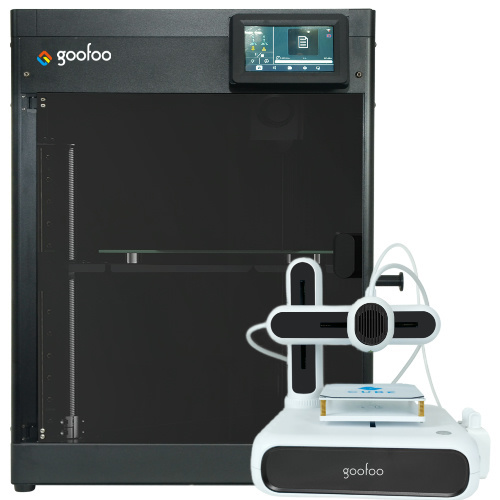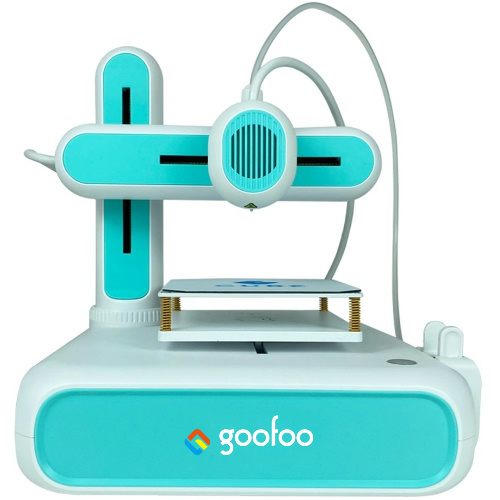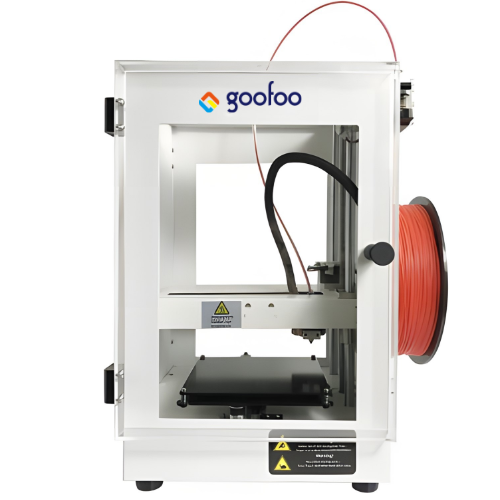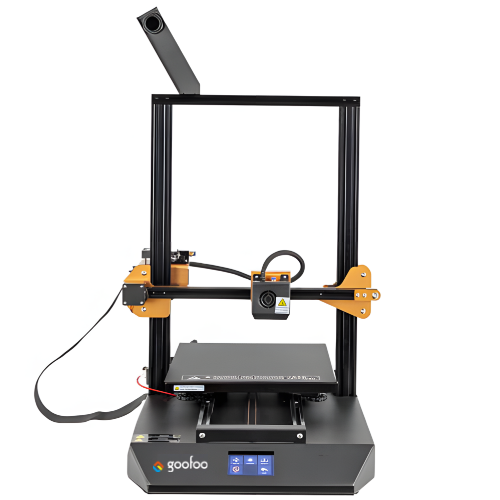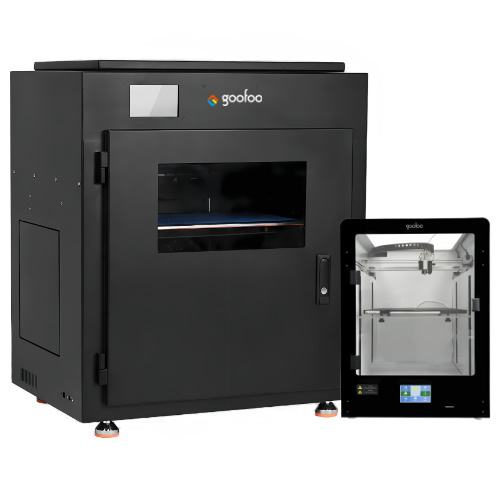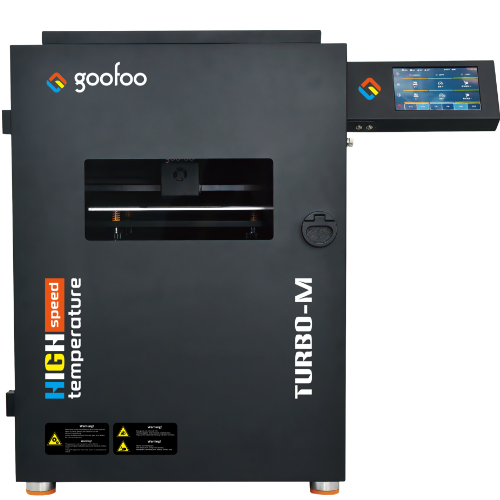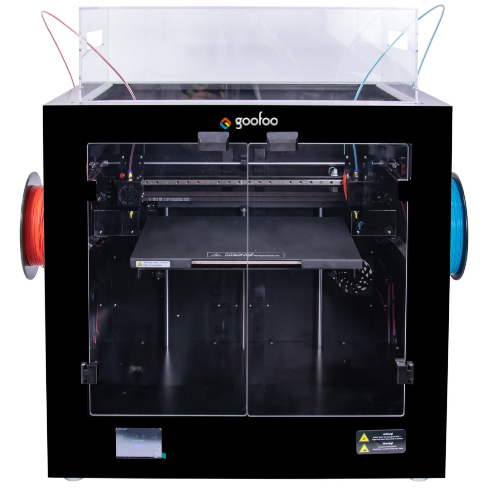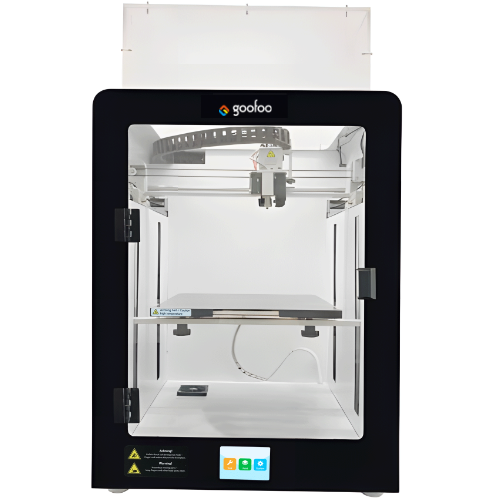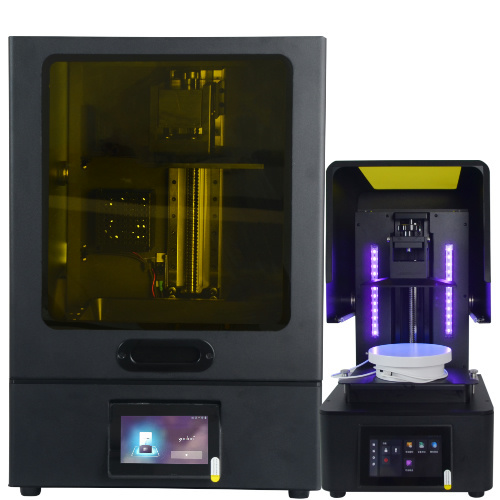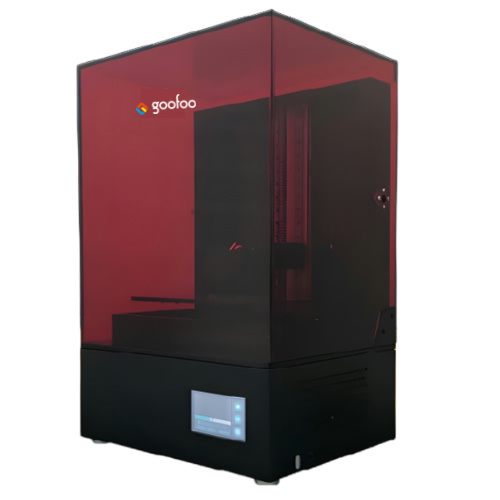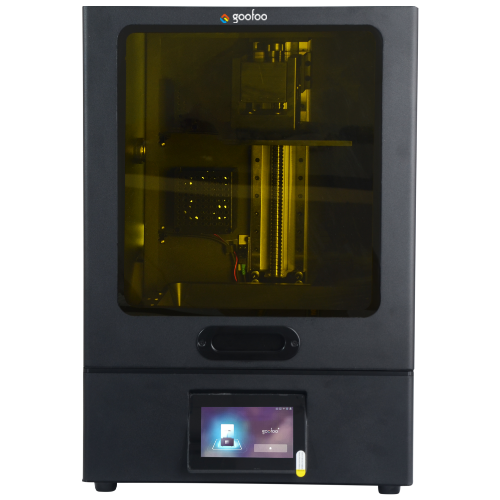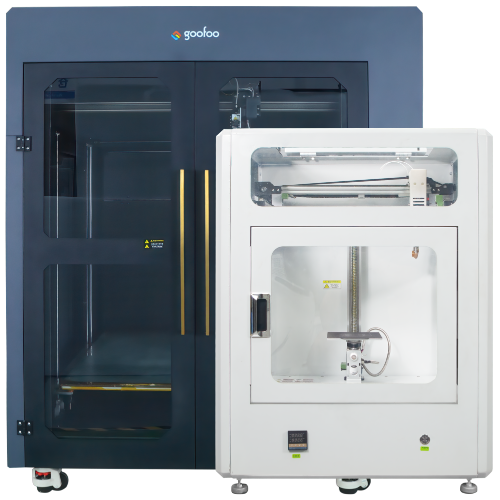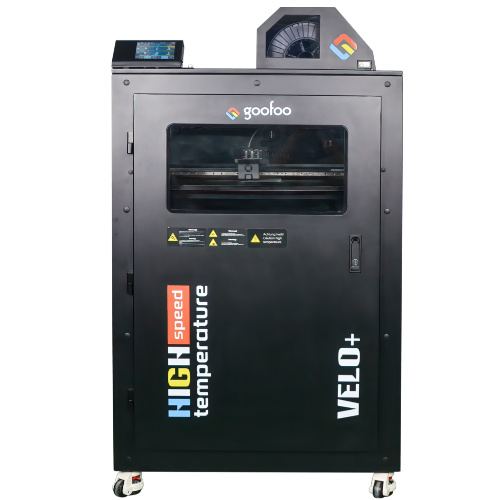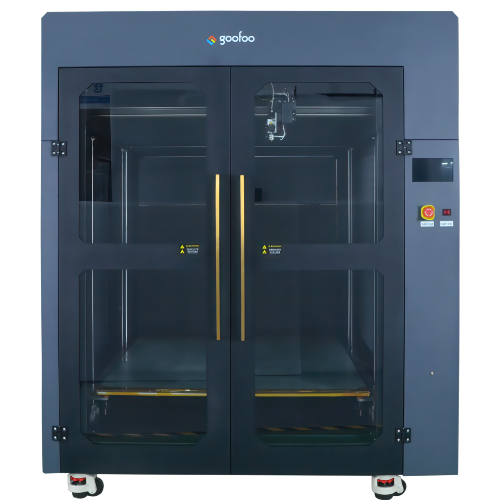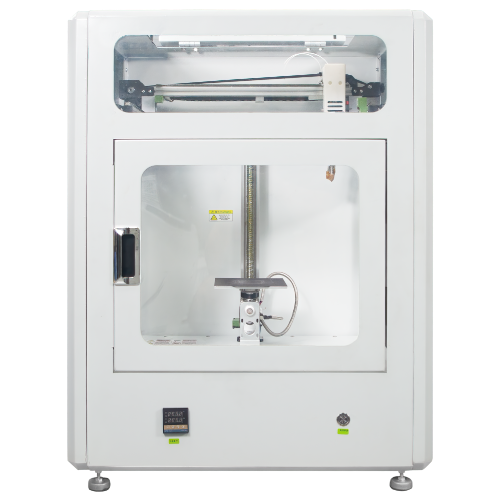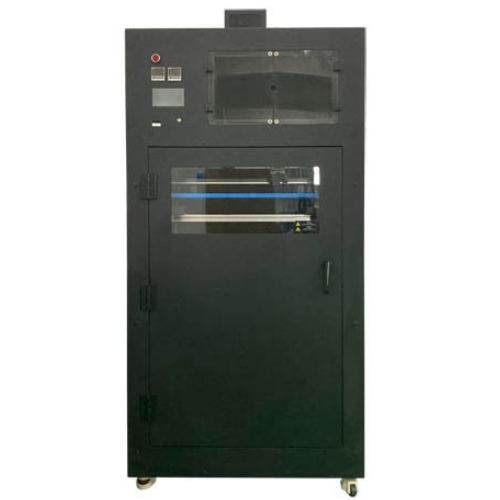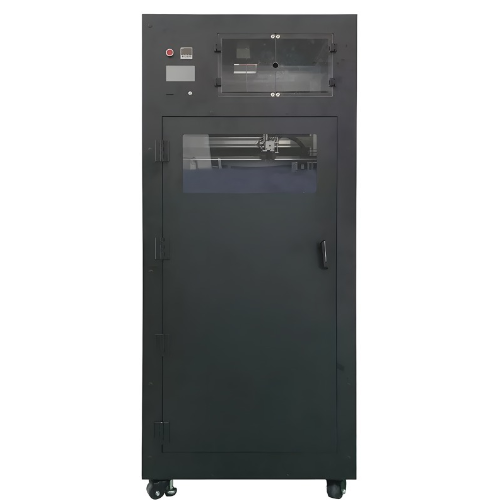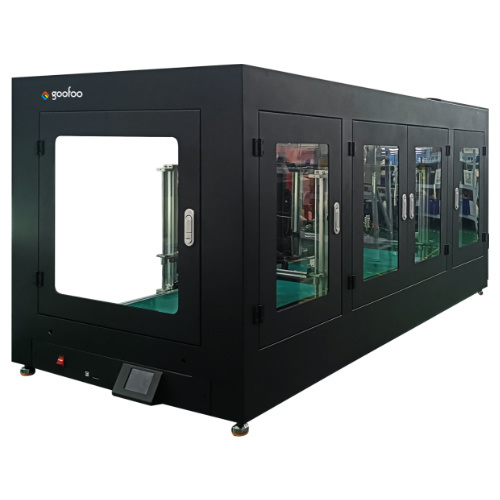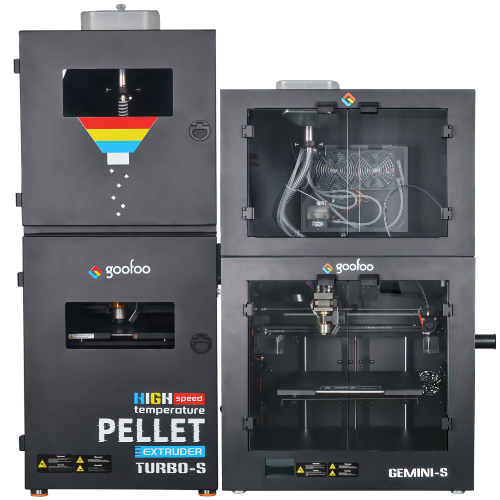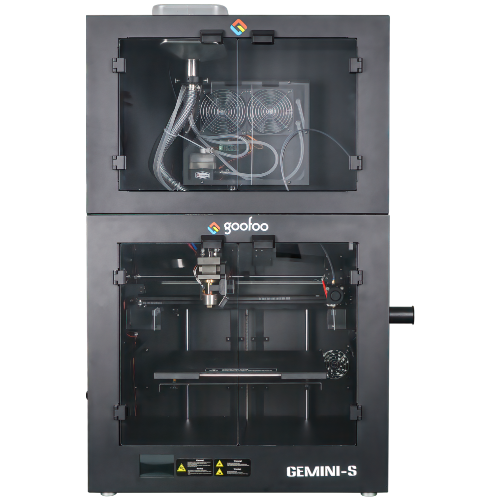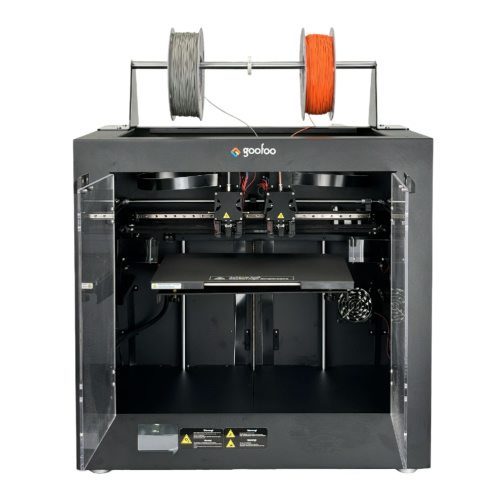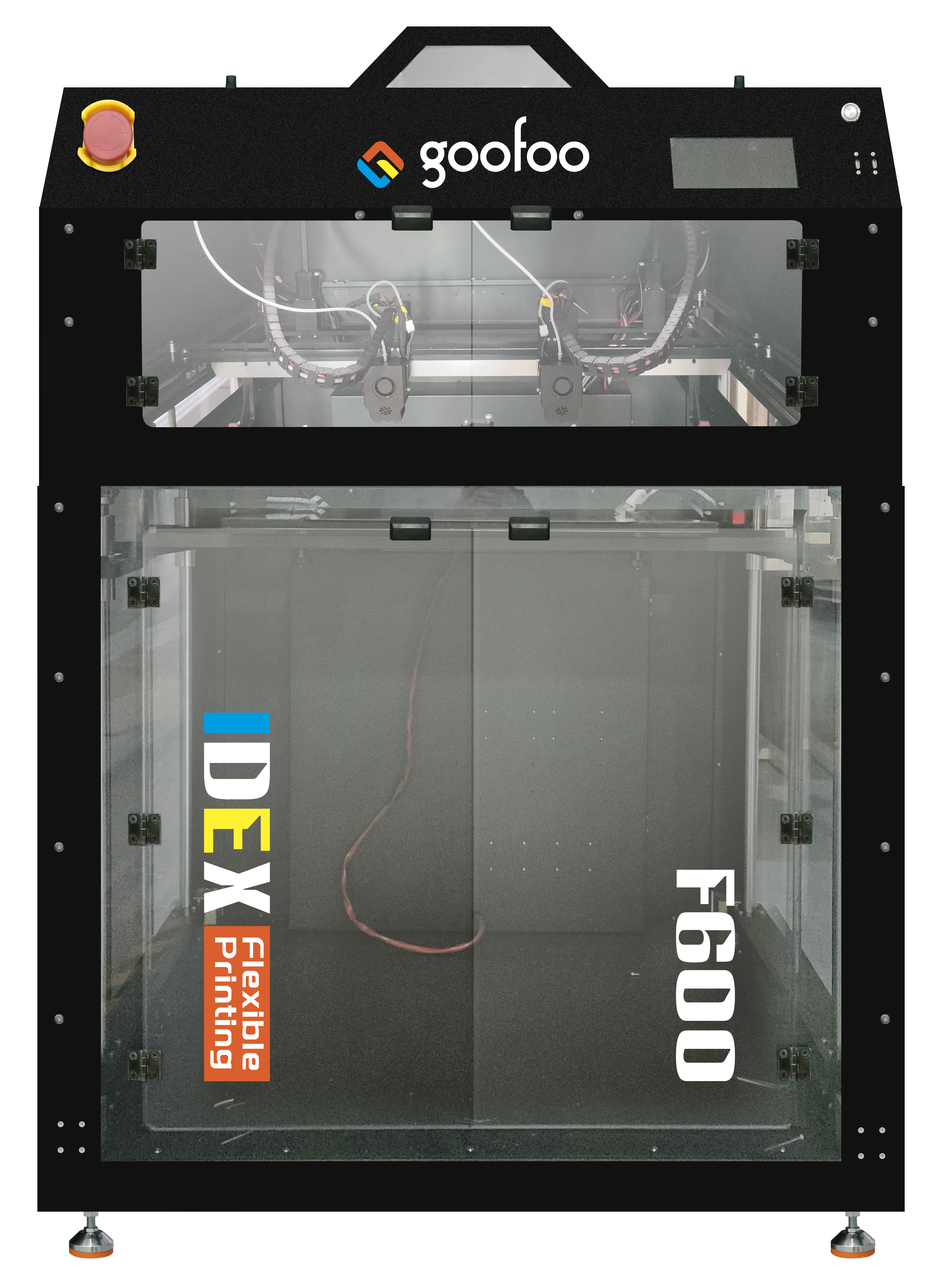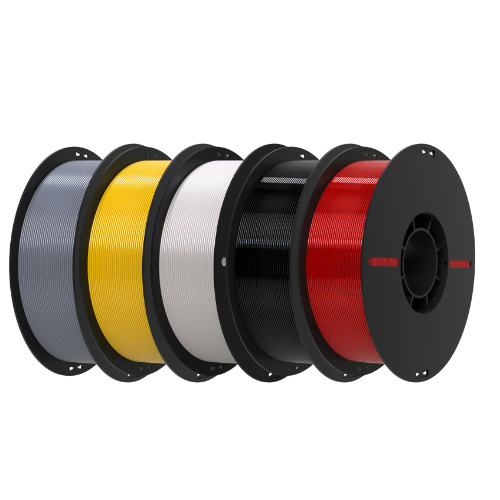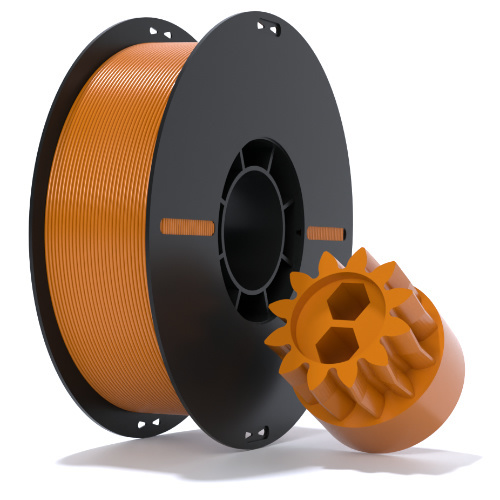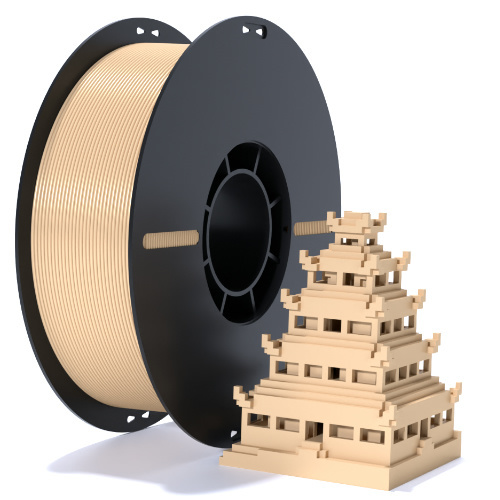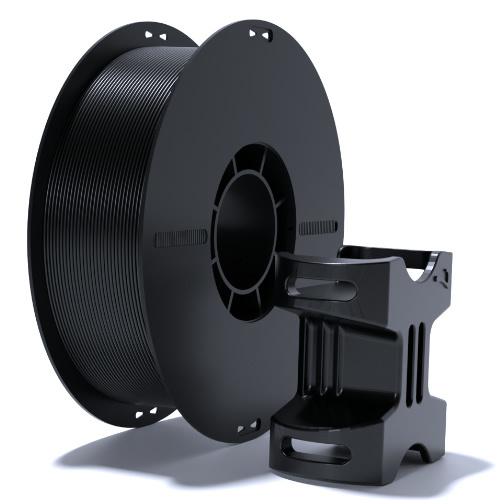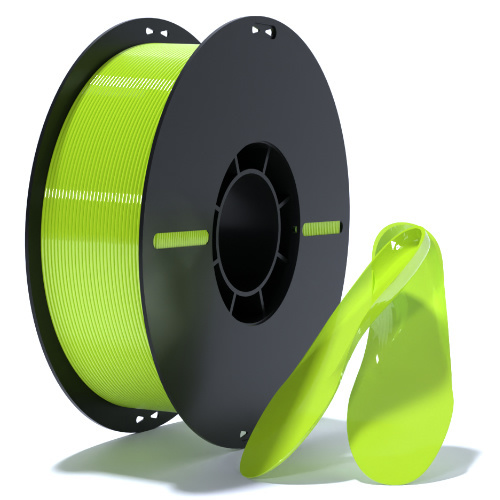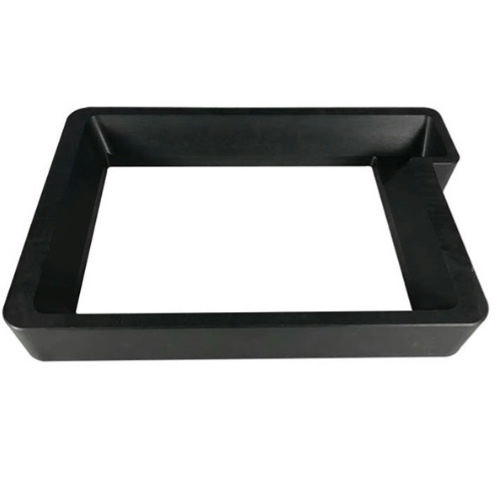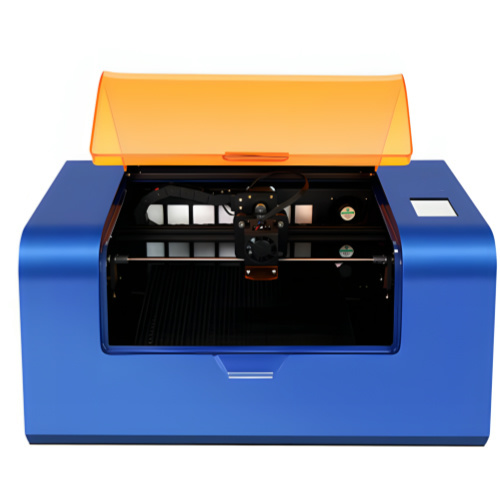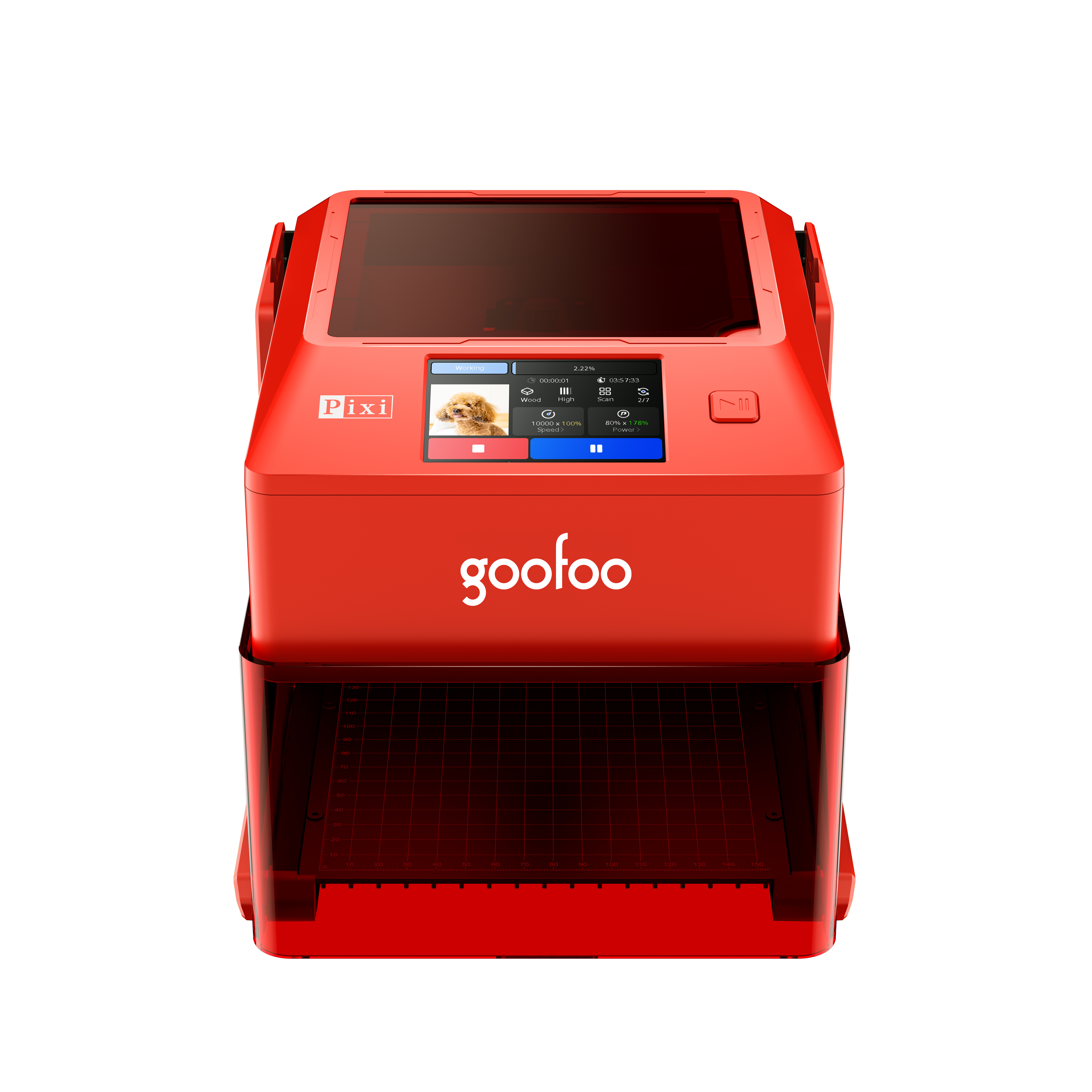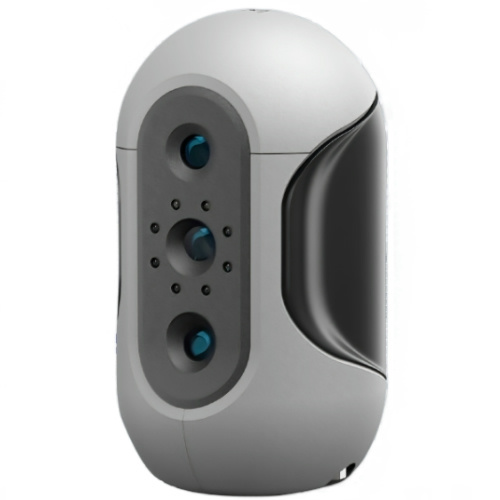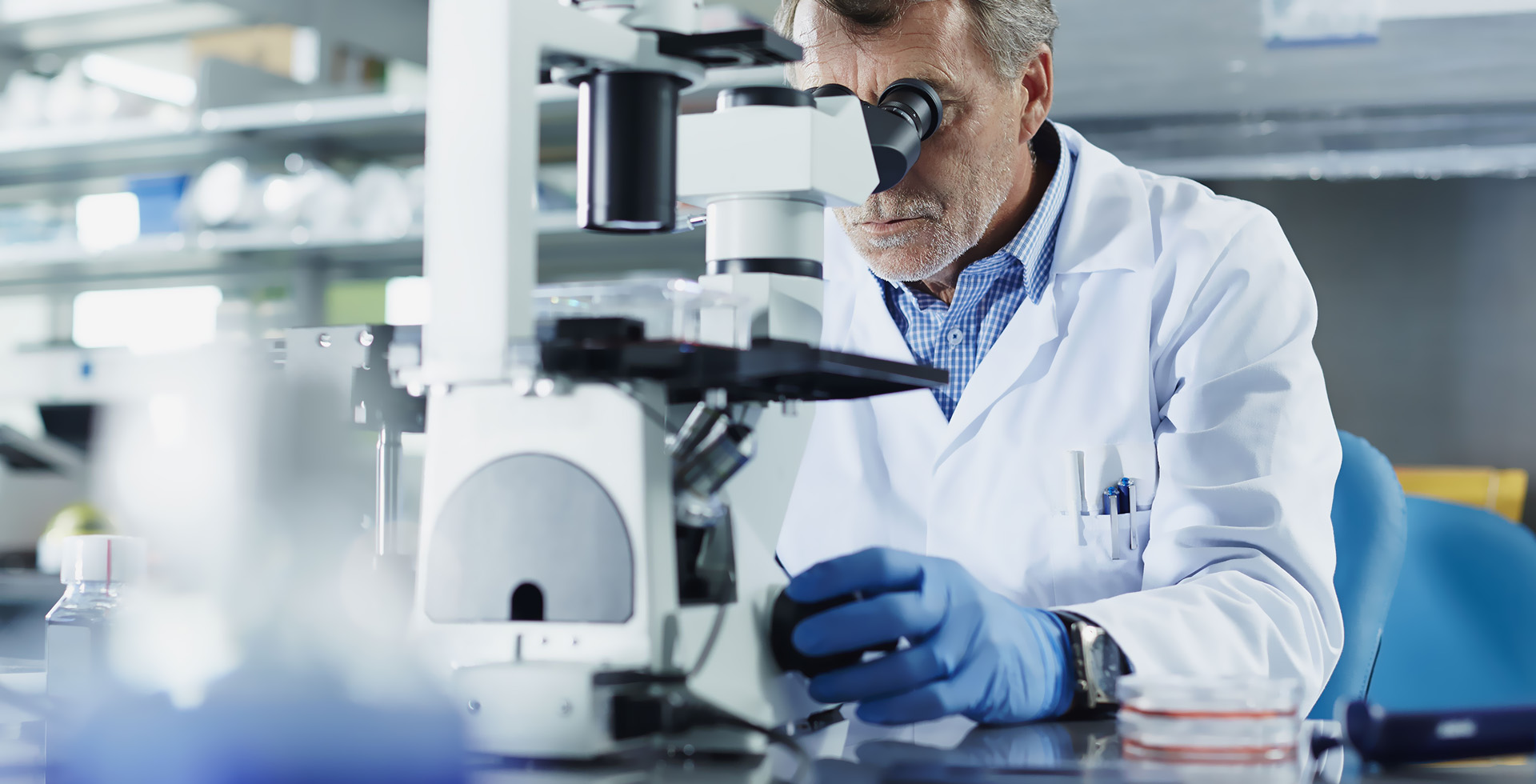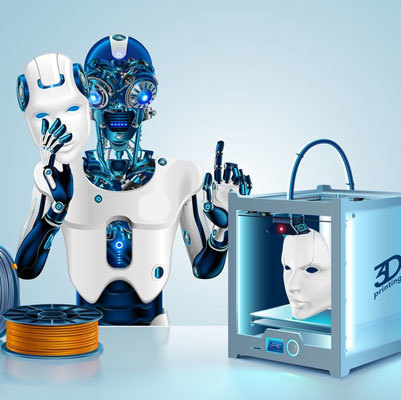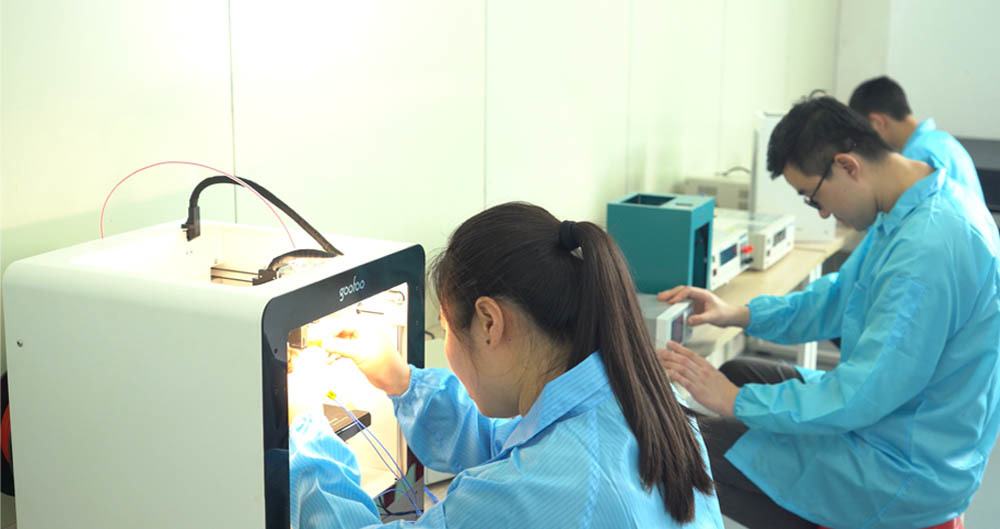All Categories
Understanding 3D Printer Extruders: The Heart of Your Printing Process
2025-10-15 11:40
When it comes to 3D printing, the extruder plays a pivotal role in determining print quality and efficiency. Understanding the intricacies of 3D printer extruders is essential for anyone looking to maximize their printing capabilities. An extruder is responsible for feeding the filament into the hot end, where it is melted and deposited layer by layer to create a 3D object.
There are two main types of extruders found in 3D printers: direct drive and Bowden. Direct drive extruders are mounted directly on the print head, providing precise control over filament extrusion. This configuration is particularly beneficial for printing flexible materials, as it minimizes the distance the filament must travel before being heated. On the other hand, Bowden extruders use a long tube to feed filament from a remote motor, allowing for lighter print heads but potentially introducing challenges with flexible filaments due to increased distance and friction.
Selecting the right extruder for your 3D printer can significantly impact your workflow and output quality. Consider factors such as the materials you plan to use, your printer's design, and the level of precision required for your projects. Many professionals opt for upgraded or aftermarket extruders to enhance performance, particularly when printing with advanced filaments like nylon or carbon fiber composites.
Maintenance of your 3D printer extruder is crucial for consistent results. Regular cleaning can prevent clogs, which are common issues that arise from dust or degraded filament. It's advisable to periodically disassemble the extruder and thoroughly clean the components, especially if you switch between different filament types frequently. A well-maintained extruder not only improves print quality but can also extend the lifespan of your printer.
Moreover, understanding the temperature settings and calibration of the extruder is vital. Different materials require specific temperature ranges to ensure optimal melting and flow characteristics. Always refer to the filament manufacturer's guidelines, and consider investing in a reliable temperature control system to prevent overheating or underheating.
In conclusion, a comprehensive understanding of 3D printer extruders can significantly enhance your printing experience. Whether you're a seasoned professional or just starting in the world of 3D printing, focusing on the intricacies of extruders will lead to better prints, reduced errors, and ultimately, a more productive workflow. Remember that the extruder is not just a component; it's the heart of your 3D printing process.
There are two main types of extruders found in 3D printers: direct drive and Bowden. Direct drive extruders are mounted directly on the print head, providing precise control over filament extrusion. This configuration is particularly beneficial for printing flexible materials, as it minimizes the distance the filament must travel before being heated. On the other hand, Bowden extruders use a long tube to feed filament from a remote motor, allowing for lighter print heads but potentially introducing challenges with flexible filaments due to increased distance and friction.
Selecting the right extruder for your 3D printer can significantly impact your workflow and output quality. Consider factors such as the materials you plan to use, your printer's design, and the level of precision required for your projects. Many professionals opt for upgraded or aftermarket extruders to enhance performance, particularly when printing with advanced filaments like nylon or carbon fiber composites.
Maintenance of your 3D printer extruder is crucial for consistent results. Regular cleaning can prevent clogs, which are common issues that arise from dust or degraded filament. It's advisable to periodically disassemble the extruder and thoroughly clean the components, especially if you switch between different filament types frequently. A well-maintained extruder not only improves print quality but can also extend the lifespan of your printer.
Moreover, understanding the temperature settings and calibration of the extruder is vital. Different materials require specific temperature ranges to ensure optimal melting and flow characteristics. Always refer to the filament manufacturer's guidelines, and consider investing in a reliable temperature control system to prevent overheating or underheating.
In conclusion, a comprehensive understanding of 3D printer extruders can significantly enhance your printing experience. Whether you're a seasoned professional or just starting in the world of 3D printing, focusing on the intricacies of extruders will lead to better prints, reduced errors, and ultimately, a more productive workflow. Remember that the extruder is not just a component; it's the heart of your 3D printing process.
3d printer extruder
Recommended News
language
English
العربية
বাংলাদেশ
Български
Hrvatski
Česky
Dansk
Nederland
 Esperanto
Esperanto
Slovenski
Filipino
Suomi
Français
Maori
 Shqiptare
Shqiptare
Georgian
 Euskara
Euskara
Deutsch
Ελλάδα
ישראל
इंडिया
Magyarország
Ísland
Indonesia
Irlanda
Italia
日本語
Sovensko
Հայաստան
한국
Kyrgyz
ປະເທດລາວ
 Zulu
Zulu
Latvian
Lithuanian
Luxembourgish
 Latinus
Latinus
Macedonian
Малайская
Maltese
Монгол улс
 Cymraeg
Cymraeg
ဗမာ
 தமிழ்
தமிழ்
नेपाल
Norge
ایران
Polska
Portugal
România
Российская
Србија
 Slovak
Slovak
Србија
 Slovak
Slovak
Bosanski
Slovenian
Беларус
España
Sverige
Точик
ประเทศไทย
Türk
Azərbaycan
Uzbek
 Afrikaans
Afrikaans
Việt Nam
Skype / WhatsApp: +86 592-5713513 / +86-13860126490
No.88-3, North Tongji Road, Xike County, Tong'an District, Xiamen, Fujian China
Xiamen Goofoo Technology Co., Ltd. All Rights Reserved 闽ICP备2022008070号-1 SEO 300.cn
Phone:+0086 592-5713513
Address: No.88-3, North Tongji Road, Xike County, Tong’an District, Xiamen, Fujian China
Email: sales@goofoo3d.com
We will give you feedback in time

